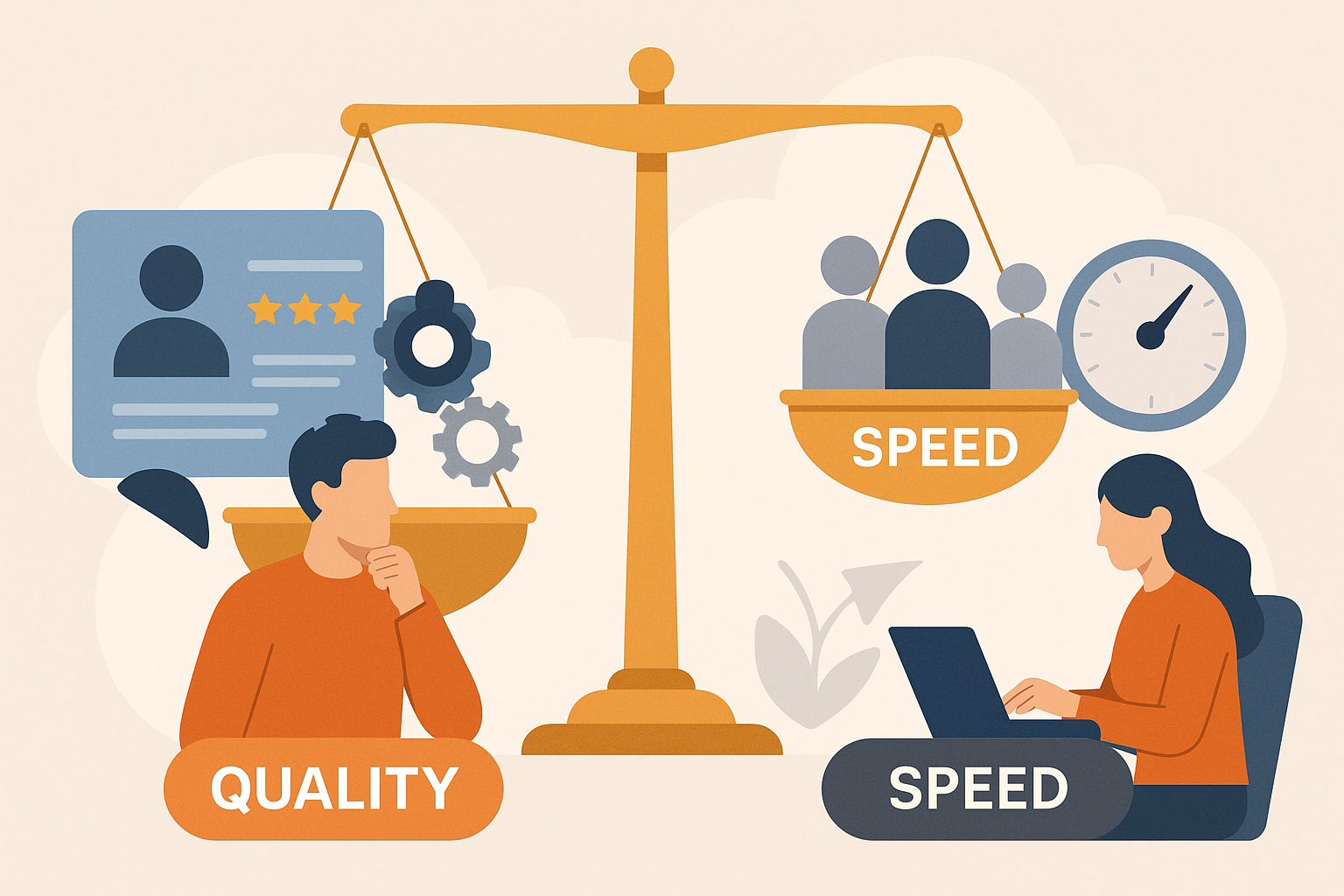What's in this article?
Predictive analytics is reshaping the landscape of sales forecasting by leveraging data-driven insights and cutting-edge technologies to enhance accuracy, efficiency, and decision-making. This transformation enables businesses to not only better predict but also effectively achieve sales success in dynamic markets.
The Role of Predictive Analytics in Modern Sales Strategies
Predictive analytics entails using historical data, machine learning, and statistical algorithms to forecast future sales outcomes. Unlike traditional methods heavily reliant on intuition and static reports, predictive analytics incorporates real-time data for dynamic forecasting. This approach offers significant advantages in modern sales strategies, particularly in anticipating market trends, understanding customer behaviors, and aligning sales efforts with potential demand.
Advantages of Integrating Predictive Analytics in Sales
Enhanced Forecast Accuracy
One of the primary benefits of predictive analytics is its ability to improve the accuracy of sales forecasts. By analyzing patterns from past and current data, predictive models can discern subtle trends and signals that might be missed by human analysts. This increased accuracy helps businesses allocate resources more efficiently and make informed financial decisions.
Streamlined Sales Processes
Predictive analytics optimizes sales processes by automating data analysis and providing actionable insights directly to sales teams. This leads to faster, data-backed decisions, enabling sales representatives to focus on more strategic tasks rather than manual data crunching. The automation of lead scoring and prioritization also ensures that sales efforts are directed where they are most likely to succeed.
Improved Decision-Making Capabilities
The integration of predictive analytics in sales empowers decision-makers with a more profound understanding of business dynamics. It shifts the focus from reactive to proactive strategies, allowing companies to anticipate changes in market conditions and adjust their approaches accordingly. With predictive insights, businesses can identify new opportunities and potential risks, fostering a culture of informed decision-making.
Best Practices for Implementing Predictive Analytics
Leveraging Advanced Technologies
A successful implementation of predictive analytics hinges on the use of advanced technologies such as machine learning and artificial intelligence. These technologies process vast amounts of data efficiently, offering predictive insights that are continuously refined as new data becomes available. It’s crucial for businesses to invest in robust AI platforms that integrate seamlessly with existing sales workflows.
Ensuring Data Quality
For predictive models to be reliable, the data input must be accurate and comprehensive. Businesses should establish data hygiene practices to ensure data quality, which involves regular checks for accuracy and completeness. Additionally, integrating data from multiple sources—such as CRM, marketing automation platforms, and external market reports—can enhance the richness and utility of predictive models.
Encouraging Cross-Functional Collaboration
Implementing predictive analytics is not solely a sales initiative; it requires collaboration across departments. Marketing, finance, and operations teams play a crucial role by providing insights and feedback, which help refine predictive models and ensure they cater to the diverse needs of the business. This cross-functional collaboration also facilitates a shared understanding and commitment to data-driven decision-making.
Real-World Applications and Success Stories
Predictive analytics has been successfully applied across various industries, leading to remarkable improvements in sales performance. For instance, a telecommunications company used predictive analytics to better understand customer churn patterns, leading to a 15% reduction in customer turnover within a year. Similarly, a consumer electronics retailer leveraged forecasting models to optimize its inventory management, reducing overstock and lost sales by 20%.
FAQ
What is predictive analytics in sales?
Predictive analytics in sales involves using historical data and models to forecast future sales outcomes, helping businesses anticipate market changes and optimize strategies.
How does predictive analytics enhance sales forecasting?
It improves forecast accuracy by identifying patterns and trends that inform better decision-making, leading to optimized resource allocation and increased sales efficiency.
What are the challenges in implementing predictive analytics?
Key challenges include ensuring data quality, integrating advanced technologies smoothly, and fostering collaboration across different business functions.
Can predictive analytics work with existing sales software?
Yes, most predictive analytics tools are designed to integrate with existing CRM and sales platforms, enhancing their capabilities without the need for extensive system overhauls.
How does predictive analytics support decision-making in sales teams?
By providing real-time insights and forecasts, predictive analytics empowers sales teams to make informed decisions that align with current market dynamics and potential opportunities.
Effective Next Steps
To truly harness the power of predictive analytics, it’s essential for businesses to start with a clear implementation strategy. Assess your current data infrastructure and outline the requirements needed to integrate predictive models effectively. Collaborate closely with technology partners to ensure the chosen solutions meet your specific business needs.
Consider scheduling a demo with us to explore how ProPair’s AI-driven tools can transform your sales forecasting and lead management strategies. Experience firsthand how our predictive analytics platform can seamlessly integrate with your existing processes to deliver actionable insights and foster sustained business growth.
Explore ProPair’s Predictive Solutions →



